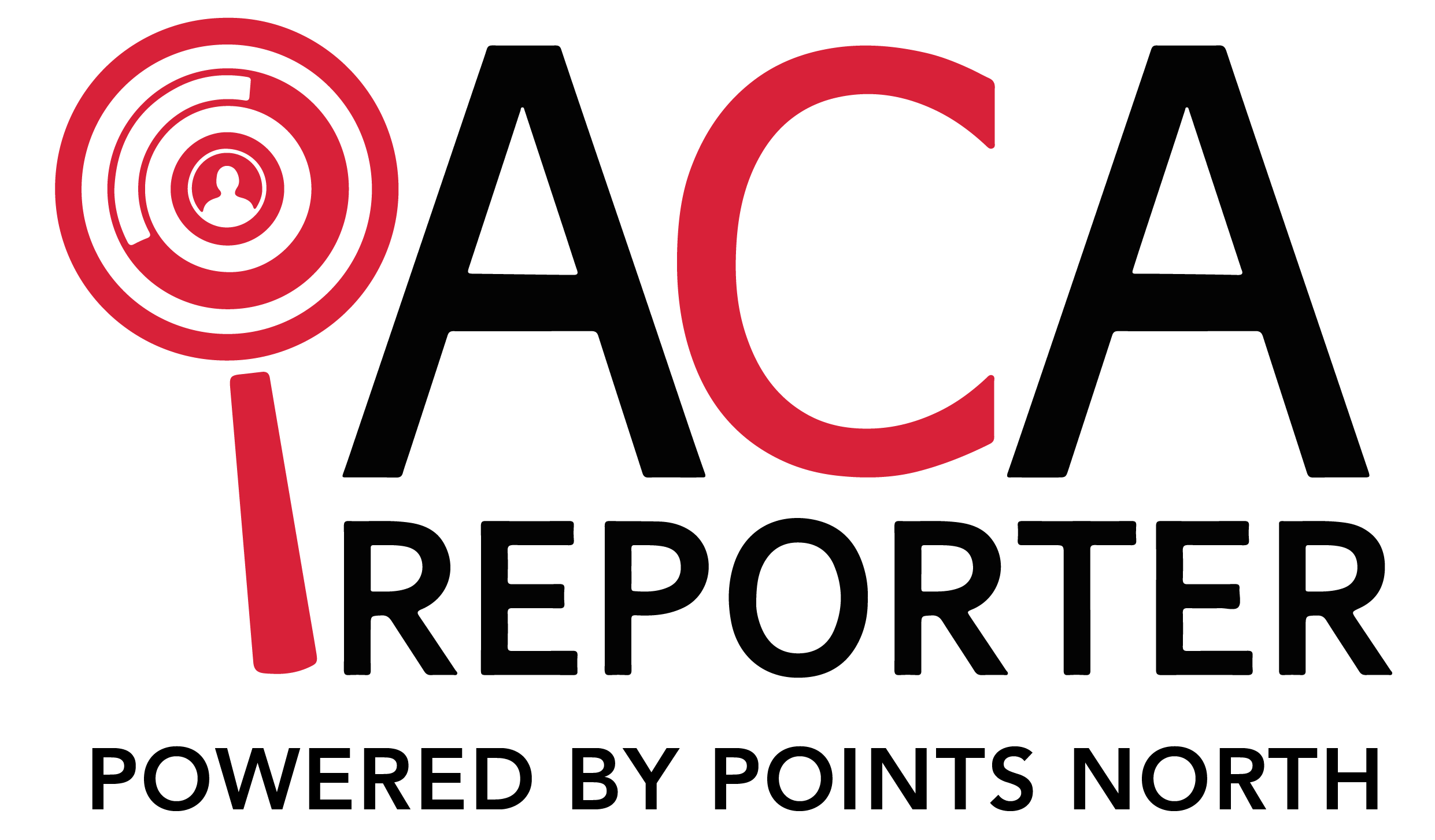The Importance of ACA Measurement Methods
If you want to avoid IRS penalties, the most important things to understand are the ACA Measurement Methods.
IRS Letter 226J is serious business. This letter is an ACA penalty assessment that is issued to Applicable Large Employers (ALEs) that are not in compliance with the ACA. An ALE is an organization with 50 or more full-time and full-time equivalent employees. These employers must offer at least Minimum Essential Coverage (MEC) to at least 95% of their full-time employees and their dependents. Such coverage is required to meet the Minimum Value (MV), and the coverage also needs to be affordable for the employee.
It can be tricky to determine which employees must be offered this coverage. The ACA has two different measurement methods to determine whether an employee is considered full-time for the purposes of the ACA, and using these methods is important to ensure compliance and avoid IRS penalties.
These two methods are called the Look-Back Measurement Method and the Monthly Measurement Method.
In order to determine which method for evaluating your employees for ACA requirements is best for your business, you'll want to start by looking at the makeup of your workforce. The basic rule is that if you mainly employ workers with variable hours, you'll want to use the Look-Back Measurement Method, and if you mostly have full-time employees, you'll probably be better off with the Monthly Measurement Method.
The Look-Back Measurement Method
The Look-Back Measurement Method works well for businesses that employ many part-time and variable-time employees. In this situation, it can be difficult to determine which employees are considered full-time for the purposes of the ACA.
With the Look-Back Measurement Method, employers can monitor and track employees' hours in the past and use this information to determine whether the ACA will consider them full-time. If they are found to be considered full-time, they will need to be extended the offer of coverage.
There are three aspects to the Look-Back Measurement Method:
- The measurement period
- The administrative period
- The stability period
The measurement period can be anywhere from three to twelve months long. During this period, every employee's hours are tracked, and so a longer measurement period provides a more accurate average representation of the employees' statuses.
After this measurement period, the employer can apply an optional administration period. The maximum allowable time for this period is 90 days, though most employers choose a period between 30 and 60 days. The administrative period is generally for employers to gather all the paperwork necessary for preparing an offer in time.
After this optional administration period, the stability period follows. This period aligns with the beginning of the effective date on the offer of coverage. During this period, the employee's classification as either part- or full-time is based on the results of the evaluation during the measurement period, rather than on the hours they're currently working. Note that even if the employee is locked into a position that is not full time during the stability period, it doesn't mean that the employer cannot offer coverage.
The Monthly Measurement Method
Organizations that primarily have full-time employees can use the Monthly Measurement Method to determine whether an employee must be offered coverage. An employee's status is captured at face-value, based on how many hours they worked in a month or week: the minimum is 130 hours a month or 30 hours a week.
There are no stability or measurement periods with this method, and so employees may fluctuate between full- and part-time. Hours are averaged each month. This is not the best method for employers that have workers whose hours vary considerably.
During a given timeframe, you cannot switch between a Look-Back and Monthly method.
If you're unsure which method you should use, or need more information about ACA, it's a good idea to consult with an outside ACA expert. They will be able to help you ensure that your organization is correctly assessing your employees' statuses and following the regulations in the ACA for coverage.
Failing to follow these regulations correctly can result in tax penalties under the Employer Mandate of the ACA. Currently, the IRS is issuing Letters 226-J to employers that have failed to comply.
Click here to learn more about ACA compliance for the upcoming tax year, and contact us for more information, including important dates and deadlines as well as all the requirements under the Employer Mandate.





